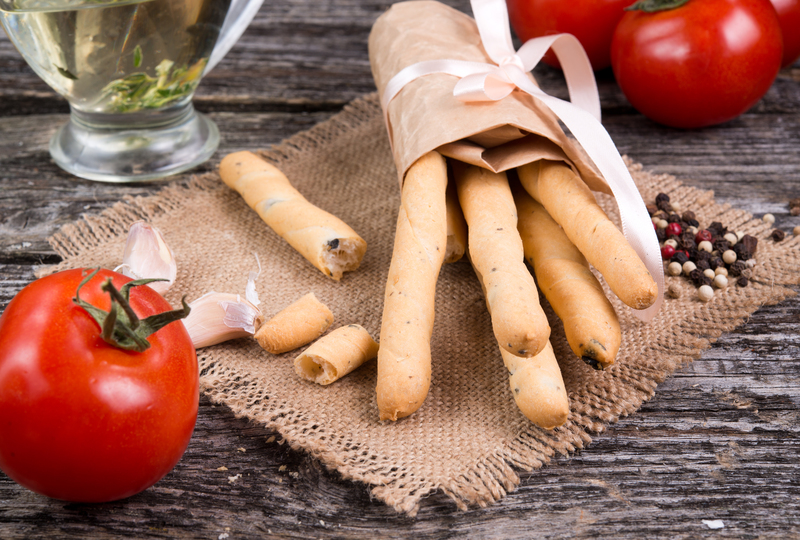Crafting a Greener Path for Packaging and Cardboard Disposal
In today's rapidly growing world, sustainability isn't just a trend--it's a necessity. As businesses and consumers become increasingly eco-conscious, the way we manage packaging and deal with cardboard waste plays a pivotal role in shaping a greener tomorrow. This comprehensive guide explores greener methods for packaging and cardboard disposal, offering actionable strategies to minimize environmental impact while maximizing efficiency and consciousness.

Understanding the Environmental Impact of Packaging and Cardboard
Cardboard and other packaging materials have long been favored for their versatility, cost-effectiveness, and convenience. However, their widespread use comes at a cost to the environment.
- Excessive resource consumption: Cardboard production relies on timber, water, and energy--resources that are often depleted faster than they are replenished.
- Landfill overload: Improperly disposed cardboard fills up landfill space, releasing greenhouse gases during decomposition.
- Pollution and waste: Non-recyclable packaging and contaminated cardboard contribute to overall pollution and litter problems.
By crafting a sustainable strategy for cardboard disposal and eco-friendly packaging, we not only safeguard the environment but also bolster corporate responsibility and consumer trust.
The Lifecycle of Packaging and Cardboard
To develop a truly green path for packaging and cardboard disposal, it's essential to understand the journey these materials embark on--from production to end-of-life.
Production and Design
- Material Source: Most commercial cardboard originates from wood pulp. Poor sourcing leads to deforestation and habitat loss.
- Manufacturing Processes: Traditional manufacturing uses significant energy and water, adding to its environmental footprint.
Usage and Distribution
- Packaging Efficiency: Over-packaging and the use of mixed materials hinder recyclability and escalate waste levels.
- Consumer Interaction: Consumers often encounter challenges in separating recyclable from non-recyclable elements.
Disposal and Afterlife
- End-of-Life Choices: Cardboard can either be recycled, composted, or sent to landfill--each with differing environmental impacts.
- Contamination Concerns: Food, oil, and adhesives on packaging make recycling more complicated.
Focusing on the entire lifecycle helps companies and consumers make informed, environmentally responsible choices.
Innovative Approaches to Sustainable Packaging
Shifting to sustainable packaging solutions is at the heart of a greener future. Businesses are reimagining their packaging in three core ways:
1. Using Recycled and Renewable Materials
- Recycled Cardboard reduces the need for virgin pulp, saving forests and decreasing waste.
- Plant-based alternatives--such as bamboo, hemp, and mushroom-based products--are gaining traction as biodegradable options.
- Certifications like FSC (Forest Stewardship Council) assure consumers of responsibly-sourced materials.
2. Reducing Excess and Designing for Reuse
- Minimalist Packaging Concepts focus on protecting products with less material and fewer plastics.
- Modular packaging allows consumers to repurpose boxes, reducing disposal rates.
- Custom sizing eliminates the need for excessive padding and fill materials.
3. Improving Printing and Inks
- Water-based and soy-based inks make cardboard easier to recycle and less toxic during breakdown.
- QR codes and digital instructions limit printed guides, reducing ink usage while improving the recycling process.
Best Practices for Cardboard Disposal: Individual and Business Action Steps
The journey towards sustainable cardboard disposal doesn't end with better packaging. Proper disposal, both at the individual and corporate level, ensures materials are recycled efficiently and stay out of landfills.
Step 1: Clean and Separate Cardboard
- Remove contaminants such as food residue, oils, or plastics. Soiled cardboard often ends up in landfill if not properly cleaned.
- Separate according to local guidelines; some programs require flattening or bundling for easier processing.
Step 2: Flatten and Bundle
- Breaking down boxes saves space and makes recycling collection more efficient.
- Tie bundles securely to prevent cardboard from blowing away or creating litter.
Step 3: Compost When Possible
- Compostable cardboard (such as unbleached, ink-free cardboard) can be added to home or commercial composting systems.
- Shredding increases breakdown rates and introduces more surface area for microbes.
Step 4: Support Local Recycling Programs
- Research community guidelines as some areas accept mixed materials, while others require strict separation.
- Participate in initiatives to return and reuse commercial cardboard with retailers and programs.
The Role of Innovation in Cardboard Waste Management
Modern technology and creative solutions are making cardboard disposal cleaner and more effective than ever.
Smart Sorting Facilities
- AI-powered sorting lines can distinguish cardboard from other recyclables, improving purity and efficiency of recycling streams.
- Robotic arms speed up sorting, reducing manual labor and human error.
Mobile Applications and Digital Platforms
- Apps assist consumers by detailing how to clean, sort, and dispose of packaging in their area.
- Barcodes and QR codes link to instructions for specific products, eliminating the confusion of mixed-material packaging.
Reusable and Returnable Packaging Systems
- Commercial return schemes let customers send or drop off cardboard for direct reuse or recycling.
- Deposit-based programs provide incentives for responsible disposal and ensure higher material recovery rates.
The Business Case for Greener Packaging and Cardboard Disposal
Transitioning to eco-friendly packaging strategies is not just a moral obligation; it has tangible business advantages:
- Brand loyalty: Companies showcasing environmental awareness attract increasingly conscious consumers.
- Regulatory compliance: Laws requiring reduced packaging waste are expanding across the globe.
- Cost efficiency: Less material and more efficient processes often mean significant savings.
- Market differentiation: Unique, reusable, or innovative packaging sets brands apart from competitors.
Businesses leading in sustainable cardboard disposal often benefit from improved public perception and reduced operational costs.
Consumer Empowerment: What You Can Do
While regulatory policies and corporate responsibility are crucial, the role of the individual cannot be overstated. Every choice counts. Here are steps consumers can take for responsible packaging and cardboard disposal:
- Choose products with minimal, recyclable packaging--look for eco-labels and certifications.
- Educate yourself on local recycling rules to ensure correct separation and disposal.
- Opt for reusable shipping containers when possible, especially for frequent deliveries.
- Encourage companies to adopt greener packaging by rewarding responsible brands with your loyalty.
- Get involved in community initiatives aimed at reducing and managing waste.
DIY Reuse Ideas for Cardboard
- Creative crafts--from storage organizers to playhouses and planters.
- Mulch and weed barriers for gardens.
- Shipping and moving--reuse sturdy boxes multiple times before recycling.
Global Case Studies: Success Stories in Greener Packaging and Disposal
Many companies and communities worldwide are setting shining examples in managing packaging and cardboard more sustainably.
IKEA's Responsible Packaging Policy
- By 2020, IKEA committed to using 100% renewable or recycled materials in their packaging. They've phased out unnecessary plastics and adopted more compact, recyclable cardboard solutions.
- They've trained staff and guided consumers in correct cardboard disposal and recycling at their stores.
Loop's Returnable Packaging Network
- Loop offers household products in durable, reusable packages collected, cleaned, and refilled after use, drastically reducing single-use packaging and cardboard waste.
City of San Francisco's Cardboard Recycling Mandate
- San Francisco introduced strict requirements for clean, separated cardboard, resulting in diversion rates exceeding 80% and demonstrating the power of policy-driven change.
Overcoming Challenges in Sustainable Cardboard Disposal
Crafting a sustainable pathway presents obstacles that need innovative solutions:
- Contamination: Greasy pizza boxes, food-soiled packaging, and laminated cardboard are commonly rejected from recycling streams.
- Consumer confusion: Without clear guidance, sorting errors lead to recyclables being landfilled.
- Economic barriers: Transitioning to greener packaging solutions can entail upfront investment.
Solutions include better labeling, public education, and partnerships between municipalities, businesses, and consumers.

The Future of Green Packaging and Cardboard Management
Looking forward, the future of **green packaging disposal** is brighter than ever, driven by:
- Circular Economy Models: Encouraging reuse, remanufacturing, and responsible consumption throughout the supply chain.
- Biodegradable and compostable alternatives: Evolving innovations will further limit our reliance on timber and fossil fuels.
- AI and tracking technologies: Efficient monitoring and feedback loops ensure materials remain in responsible channels.
Conclusion: Building a Greener Path, Together
From responsible sourcing to creative reuse and robust recycling programs, forging a sustainable approach to packaging and cardboard disposal requires collaboration, innovation, and persistent action. Whether you're a business leader, policy maker, or everyday consumer, embracing these strategies creates impactful change, safeguarding our environment while strengthening community and enterprise alike.
Let's pave the way towards a world where every piece of packaging and cardboard embarks on a sustainable cycle--reducing waste, conserving resources, and fostering a greener, cleaner future for all.